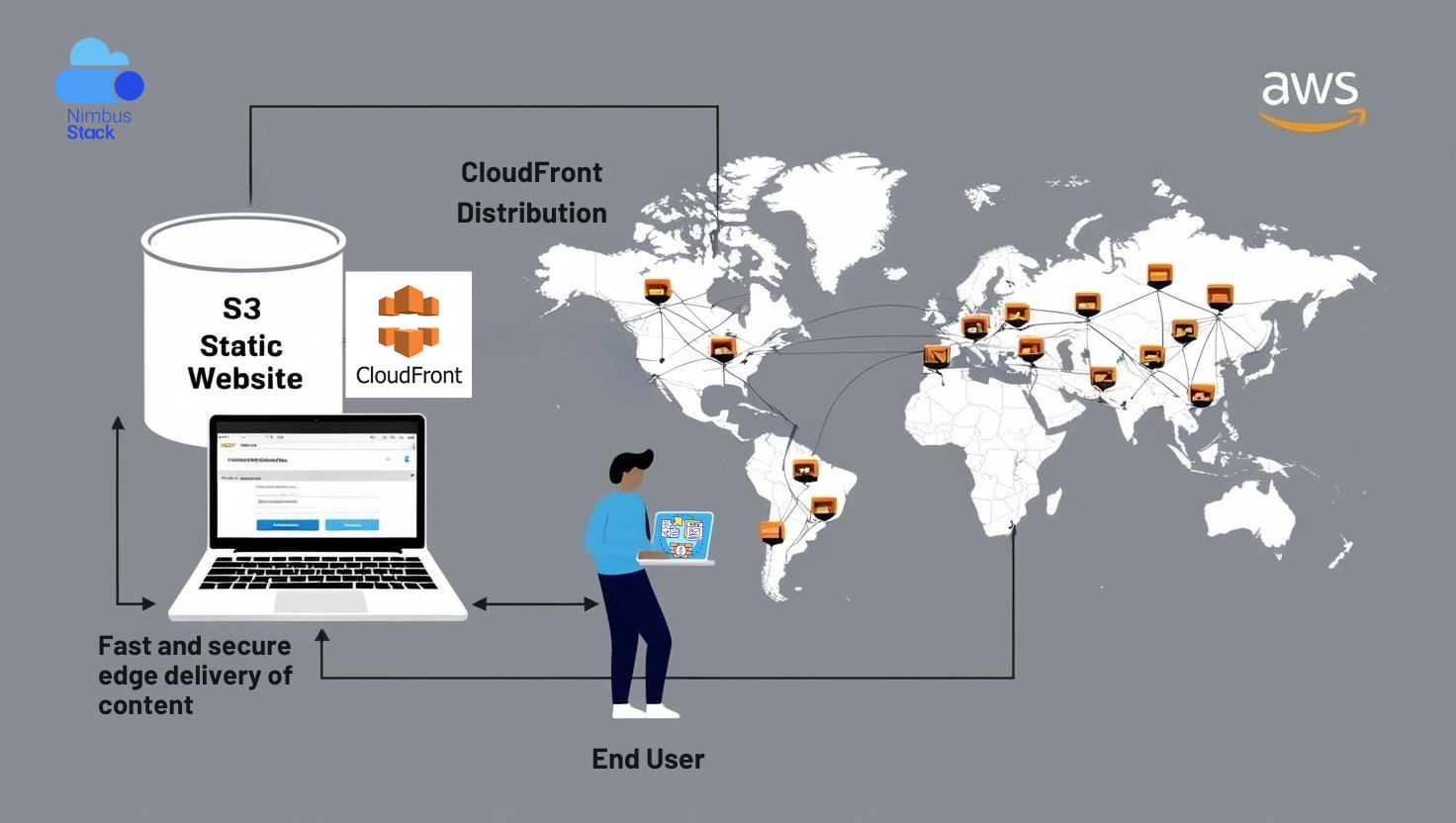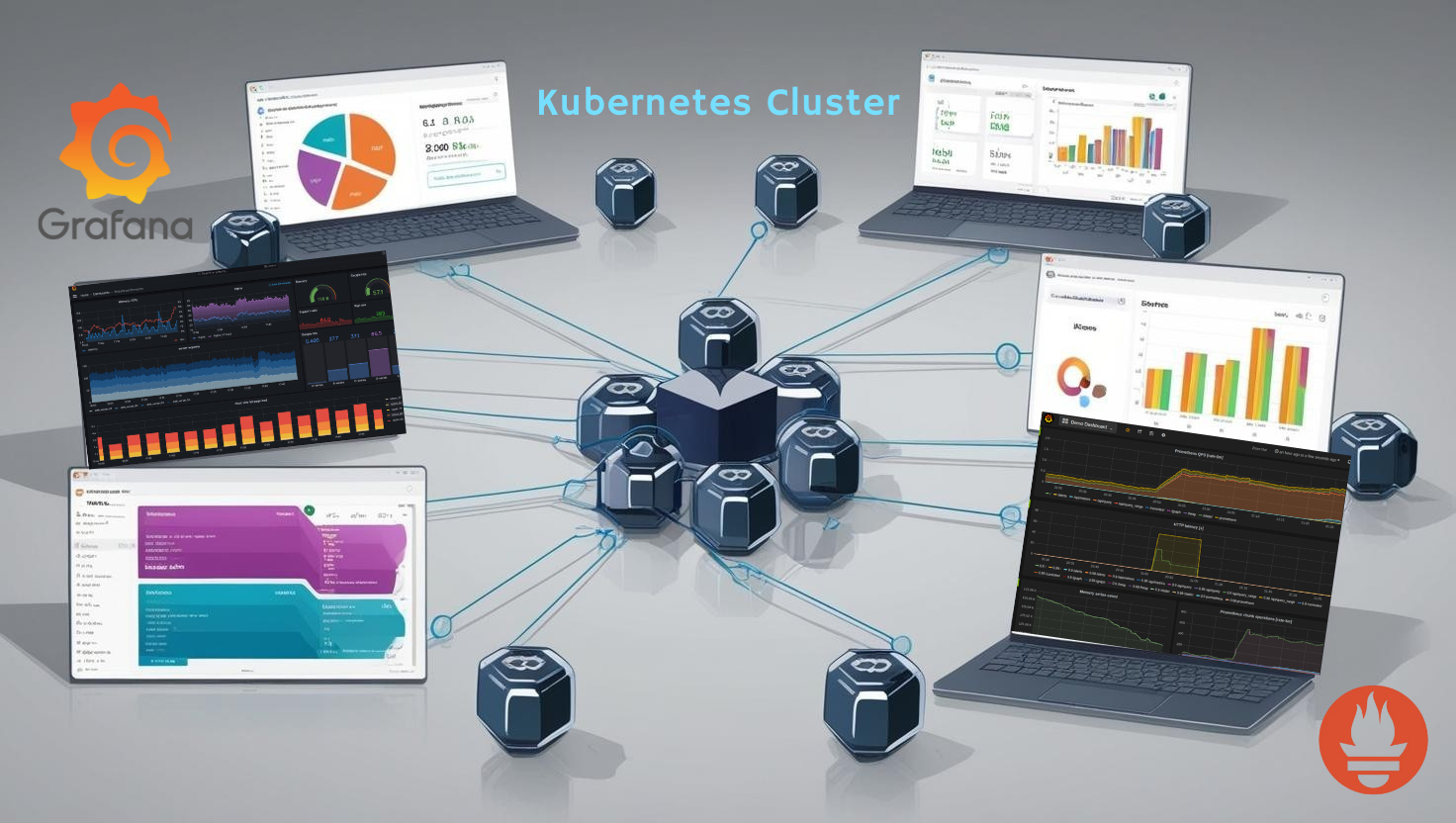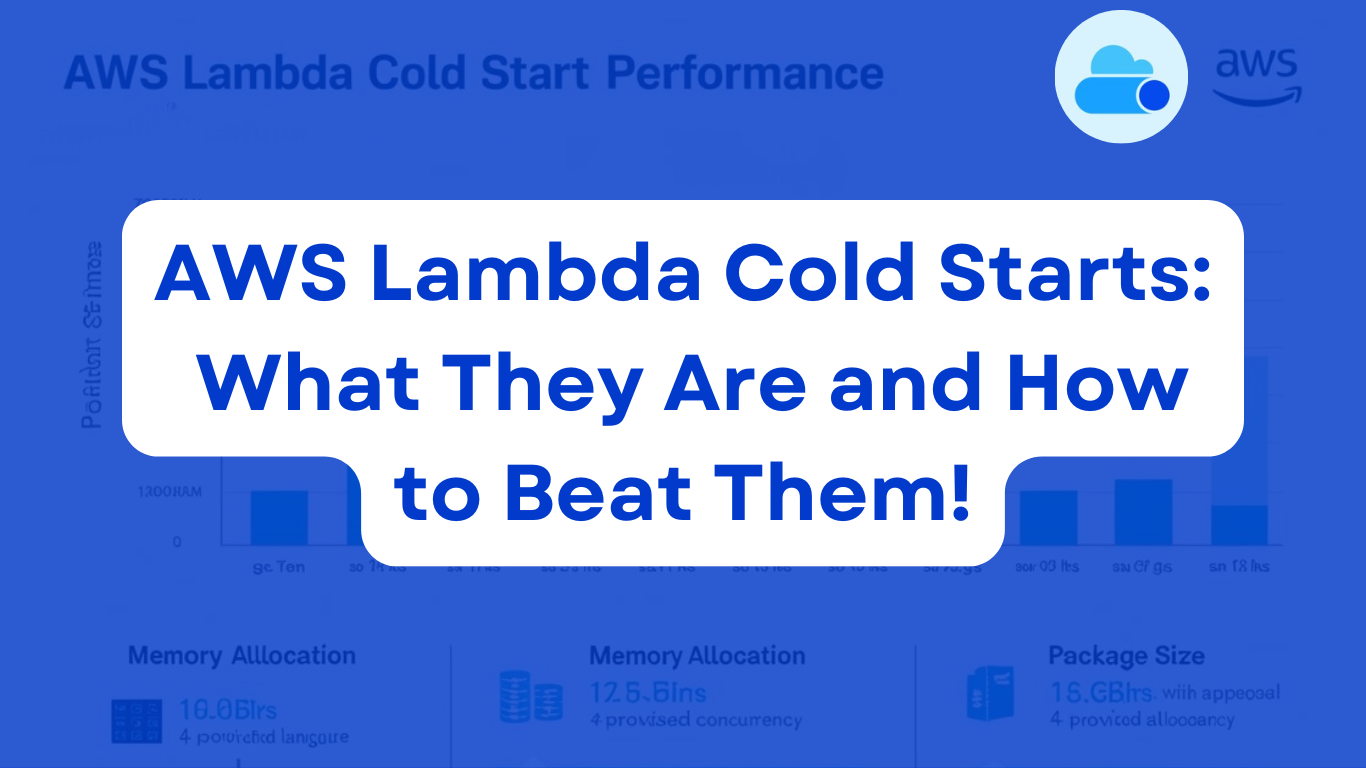Hosting a static website on Amazon S3 (Simple Storage Service) combined with Amazon CloudFront (a Content Delivery Network or CDN) is a popular choice for achieving high availability, scalability, and low-latency content delivery. By leveraging these AWS services, you can ensure your website is fast...
Kubernetes is the backbone of modern container orchestration, and Amazon Elastic Kubernetes Service (EKS) makes deploying Kubernetes clusters seamless. But with great flexibility comes the challenge of monitoring these clusters effectively. This is where Prometheus and Grafana step in as the ultimat...
AWS Resource Control Policies are critical for managing your cloud resources effectively. But instead of diving straight into a guide, let’s step back and explore their broader significance. We’ll examine their impact on security, cost control, and compliance, and then wrap up with a practical g...
When managing Kubernetes-based applications and infrastructure, two powerful tools stand out: Helm and Terraform. Helm simplifies the deployment of applications in Kubernetes, while Terraform excels at managing infrastructure as code. Combining these tools can lead to a seamless, efficient, and scal...
Serverless computing with AWS Lambda has revolutionized how applications are built and deployed. It simplifies infrastructure management, scales seamlessly, and is cost-efficient. However, one term often makes developers pause: cold starts. If you’ve ever experienced unexpected latency with Lambda...
When working with AWS, one of the most effective ways to organize, monitor, and optimize your cloud environment is by tagging your resources. Tags are simple key-value pairs you attach to AWS resources, but their simplicity belies their power. They offer a range of benefits, from cost tracking and a...
In cloud environments, Virtual Private Clouds (VPCs) play a critical role in isolating and managing network resources. However, as businesses grow, the original VPC CIDR (Classless Inter-Domain Routing) range can quickly become insufficient due to expanded workloads, additional subnets, or integrati...
In the fast-paced world of cloud computing and DevOps, visibility into system performance and security is crucial. Traditional monitoring tools, while powerful, often struggle with the complexity and dynamic nature of modern infrastructure. Enter eBPF (Extended Berkeley Packet Filter)—a groundbrea...
AWS EC2 instances offer powerful, scalable computing, but costs can quickly accumulate, especially when instances run during idle hours. Automating the start and stop of EC2 instances helps reduce costs while ensuring they’re available when needed. This guide walks you through setting up an automa...
Amazon S3 is known for offering a range of storage classes, each tailored to meet specific performance and cost optimization needs. However, managing data efficiently within S3 can be a challenge, particularly when determining which storage class to use for different types of data. Enter S3 Storage ...










